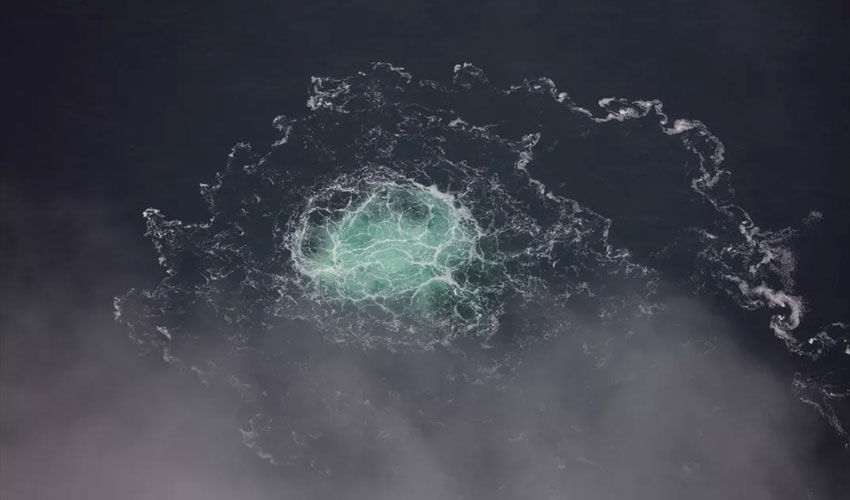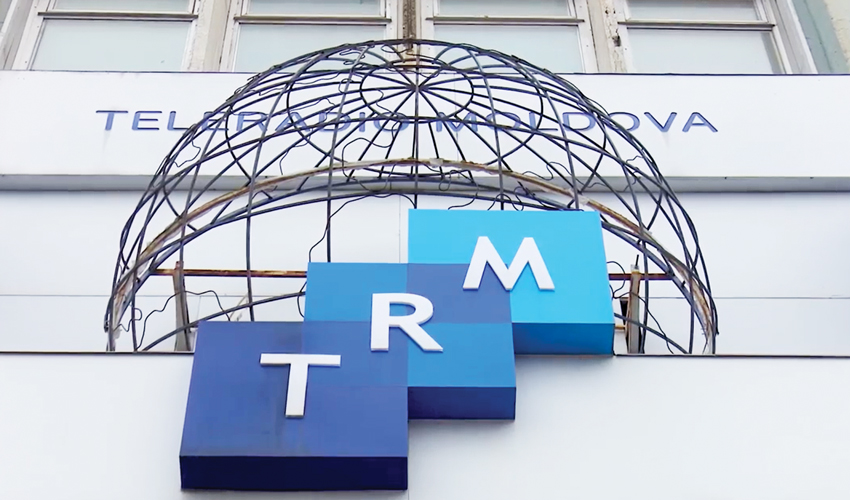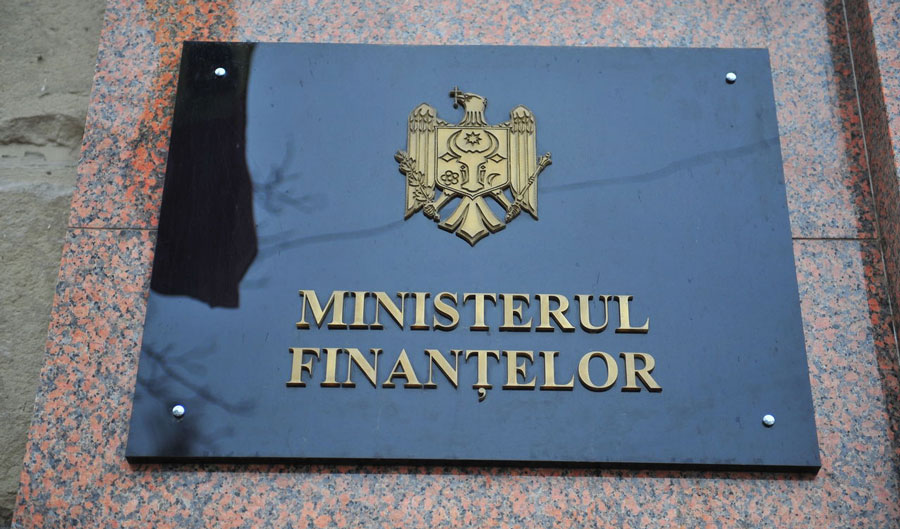
LNG imports were up 12% from the first quarter of 2024, which also led to a 45% increase in operating costs. This shift is due to the recent expansion or restart of LNG regasification facilities in countries such as Poland, Finland, the Netherlands, Germany, Croatia, Italy, Belgium and Greece.
Expensive start
LNG implies high initial operating costs because the product must be frozen to -162°C for transportation and is compressed 600 times in volume before regasification.
In addition, its transportation requires specially equipped lorries or cargo ships, which have a greater environmental impact than conventional pipelines. A study by New York’s Cornell University found that LNG’s carbon footprint is 33% higher than coal. “Methane and carbon dioxide emissions from LNG extraction, processing, transportation and storage account for about half of total greenhouse gas emissions,” said study author Robert Howarth.
The International Energy Agency says LNG leaves a carbon footprint nearly 70 percent larger than pipeline gas. However, experts believe it can be minimized by reducing leaks and flaring, as well as by using carbon capture devices.
LNG is an extremely flexible resource, thanks to the ability to sign short-term contracts, allowing it to adapt more quickly to market downturns. The fact that imports do not require pipelines also makes LNG more resilient to logistical problems such as infrastructure damage, blockades, mitigating the impact of geopolitical shocks.
The EU used to depend on pipeline natural gas from Russia, but this has changed dramatically since its full-scale invasion of Ukraine.
First, Moscow shut down the Nord Stream-1 pipeline, which was also severely damaged in an underwater sabotage. And the Nord Stream-2 pipeline, which was ready for operation, did not operate for a single day. In addition, Russian gas almost never reaches Europe through Ukraine, as Kiev has not renewed its transit contracts.
As a result, the share of Russian natural gas in the EU’s total energy imports has fallen sharply – from 41% in 2021 to about 18% in 2024, the European Commission has calculated.
Faced with shrinking pipelines, the EU has been forced to switch to liquefied natural gas. The US will remain the EU’s largest LNG partner in 2025, accounting for just over half of all imports by value (50.7%). The Americans are followed by Russia (17%) and Qatar (10.8%).
However, Russian imports are still relevant and the EU cannot yet afford to cut them completely. Although it is striving to do so.
Betting on diversification
Brussels has set 2027 as the deadline to stop importing all Russian energy carriers, including LNG. Against this backdrop, EU countries are rushing to diversify their gas partners, primarily increasing pipeline imports from Norway, Azerbaijan and Algeria. “Energy prices in the EU are higher than in most other industrialized countries, presenting a fundamental competitiveness challenge,” the Bruegel Institute said in a recent report.
In response, countries such as Germany and Romania have launched plans to increase gas production. On Wednesday, Berlin backed an agreement with the Netherlands on cross-border production in the North Sea. And Bucharest is heading to the Black Sea with an ambitious project called Neptun Deep.
It’s Romania’s biggest energy project in two decades: it’s due to come online in 2027 to tap an estimated 100 billion cubic meters of gas reserves.
The EU spent 19% more on natural gas imports in the first quarter of 2025 compared to the same period last year, although it purchased 12% less in quantity.
For all energy imports, Eurostat notes that spending “rose slightly by 0.3%, while volume fell by 3.9%.”
Alessio Dell’Anna, Mert Can Yılmaz
© Euronews













